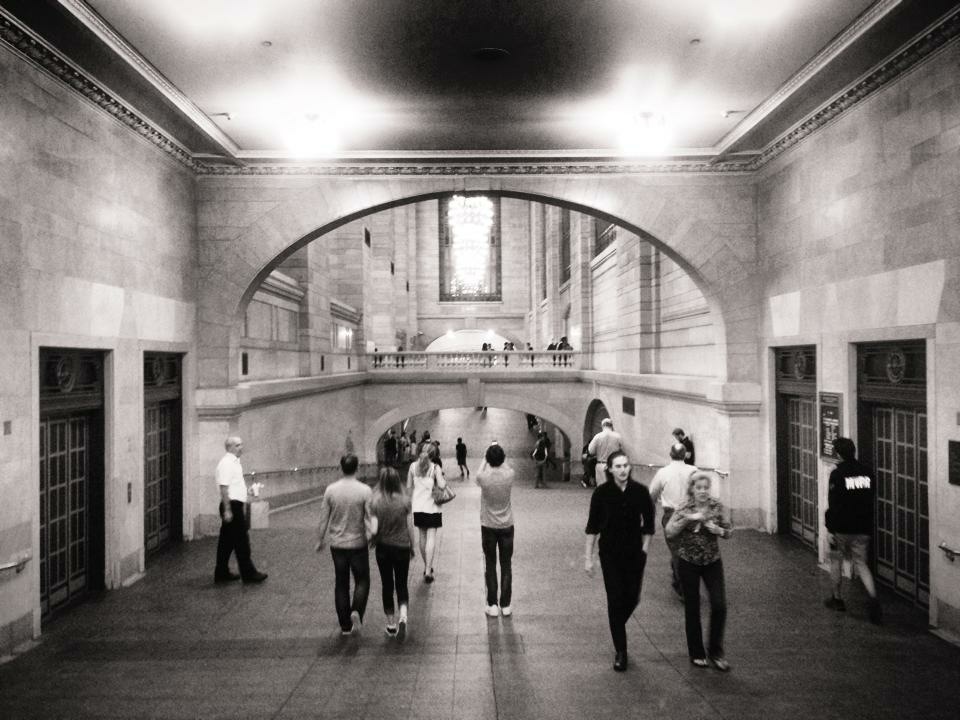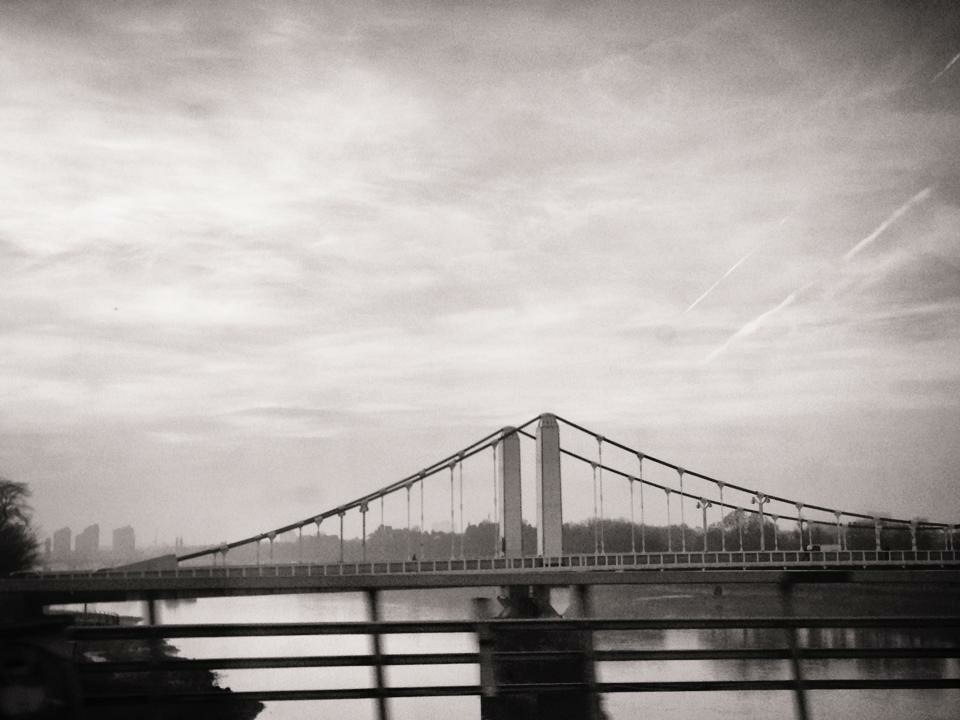My book titled ‘New York: Community – Spaces – Performance’ was published ten years ago today, and i thought i would revisit that work in a reflection on the development of my own practice (and to mark the anniversary).

This book was one of a series written as i was travelling the world quite heavily, promoting what was then my new work on Social Learning, and finding myself in increasingly strange and wonderful places. I was at the start still of defining the ‘Social Age’, and also trying to articulate some deeply held ideas for which i did not yet have the vocabulary to explain.
The book is set in New York, and i spent i think around seven weeks in the city that year, largely walking, meeting people, embedding myself in different communities (graffiti artists, dancers, underground publishers, book stores, record stores, a whole host of sub cultures and spaces). In this sense, although it in no way adheres to academic principles of ethnography, i view it as a substantially ethnographic model of enquiry.

The central idea is that one city – one space – is claimed and inhabited by multiple concurrent layers of community, each of which ‘perform’ in their own way. In this you will sense the roots of the work on Social Learning (tacit and tribal knowledge and capability), as well as later work on Trust (which developed into a major research project in 2017), and even the roots of my current work considering the Organisation as ecosystem, across multiple levels.
I explored the ways that these communities interacted, or ignored, each other, from the skateboarders and ballet dancers at the Lincoln Centre through to the graffiti artists and traders down on Wall Street.

For much of this time i stayed up in the NyLo hotel on the Upper Westside, now long gone (although the pen i stole from the bedroom still sits on my desk, part of a raft of trivial mementos of that time). It was somewhere around 80th street i think, and i love it as it was ‘out’ of the city, but a community in it’s own right. To get anywhere touristy was an hours walk downtown, and i would often walk down the west shore, past the remnants and repurposed piers.
Walking is both reflective and connective: social anthropologist Tim Ingold describes the process of ‘Wayfinding’ as a weaving of stories and space, a continuous and dynamic construction of our reality (not simply the ‘reading’ of a static map) and hence to walk – and re walk – the route is to remake our understanding. Or at least that is how i understand it… i’m exploring this further in my current doctoral work in a chapter titled “in how many ways can we know a place?”, which is really an examination of ‘sense making’ within my current understanding of it.

Again without my conscious realisation, i was exploring early ideas of power and ownership, boundaries and control, which resurfaced in the more substantial work in the ‘New York Dereliction Walk’ book, and latterly in the ‘Power and Potential’ one. More than that though, the act of walking the city, and the dynamic relationship i built with it whilst i wrote that work informed the methodology behind the Dereliction Walks (both London and New York instances), which is one of dynamic and dialogic sense making.
This archaeology of ideas, looking back and rationalising post hoc into my current conceptions, is comforting, but also provides a stark realisation of how limited some of that early work was, as well as revisiting ideas that remain unresolved in my current practice.

At best, ‘Community – Spaces – Performance’ provides a solid understanding of the tribal organisation, and the concurrent communities that inhabit it. I think it’s also in the spirit of a systems thinking enquiry, in that it seeks to lift the dialogue ‘above’ the system, and to use an analytic lens upon it – itself a valuable leadership capability and perspective.
I missed the opportunity in that original work to consider questions of structural and systemic equity and permission, and i’m reminded that the contemporary narratives around privilege were simply not in common discussion back then, or rather were not in the communities that i walked in. I still do not adequately address them in the current work, but in the spirit of my practice being evolutionary and adaptive, i can at least note that they are on the map, even if unexplored.

The book remains my only book illustrated solely with my photographs, a medium i was very into at the time, even putting on a couple of photography exhibitions. Specifically the photos explored textures and motion and (in my mind at least) were related to the enquiry, moving from macro to micro perspectives, and capturing fragments of stories. Photography remains an important part of my personal expression, but the only place it features in my work is over on Social Leadership Daily, where – for no good reason – i include a landscape photo every day. I think in my mind it relates to the reflective practice in that space.
I suppose the other thing i should note is that the New York book is short – i think it’s just 24 pages – and forms a useful reminded not to overwork things. I’m proud of the fact that it’s short. Later books, like ‘The Humble Leader’ are even shorter (by word count, longer by page count as i used a lot of white space in that book). Books carry ideas, and short books are as valuable as long ones.
Further into my career (such as it is) and now with two young children, i no longer have the time for these really immersive ethnographic adventures – but on the flip side, even since 2014, the online communities and spaces have proliferated, and my own community has exploded in size, so i am more ‘immersed’ than ever, even without my feet on the ground so frequently.
At the heart of it, the book considered notions of cultural graffiti – edge land and intermediate spaces – and really helped me to build out the idea of Organisations as both Structural (stuff) and social (complex webs of people – and how they are interconnected or occluded). I remain very fond of this work.
#WorkingOutLoud on Social Leadership and Community

